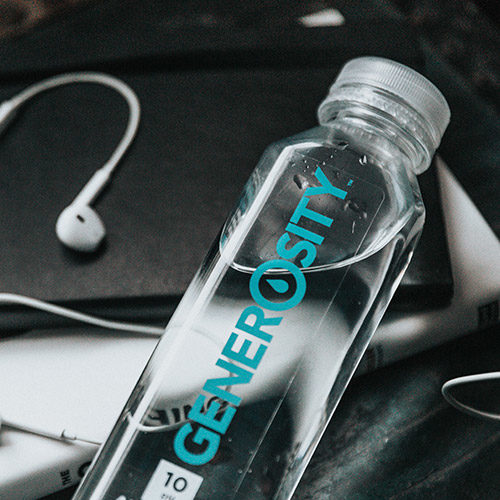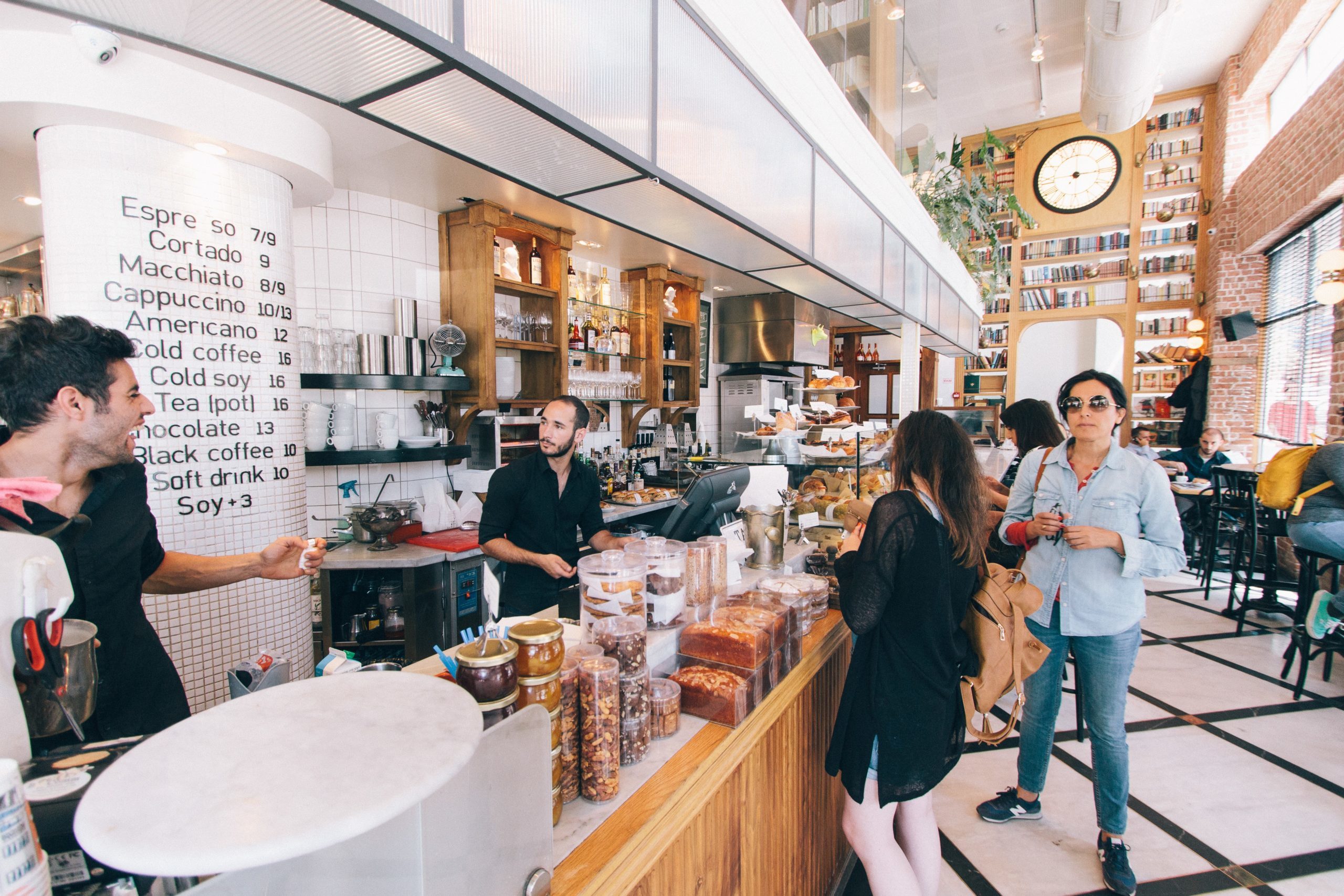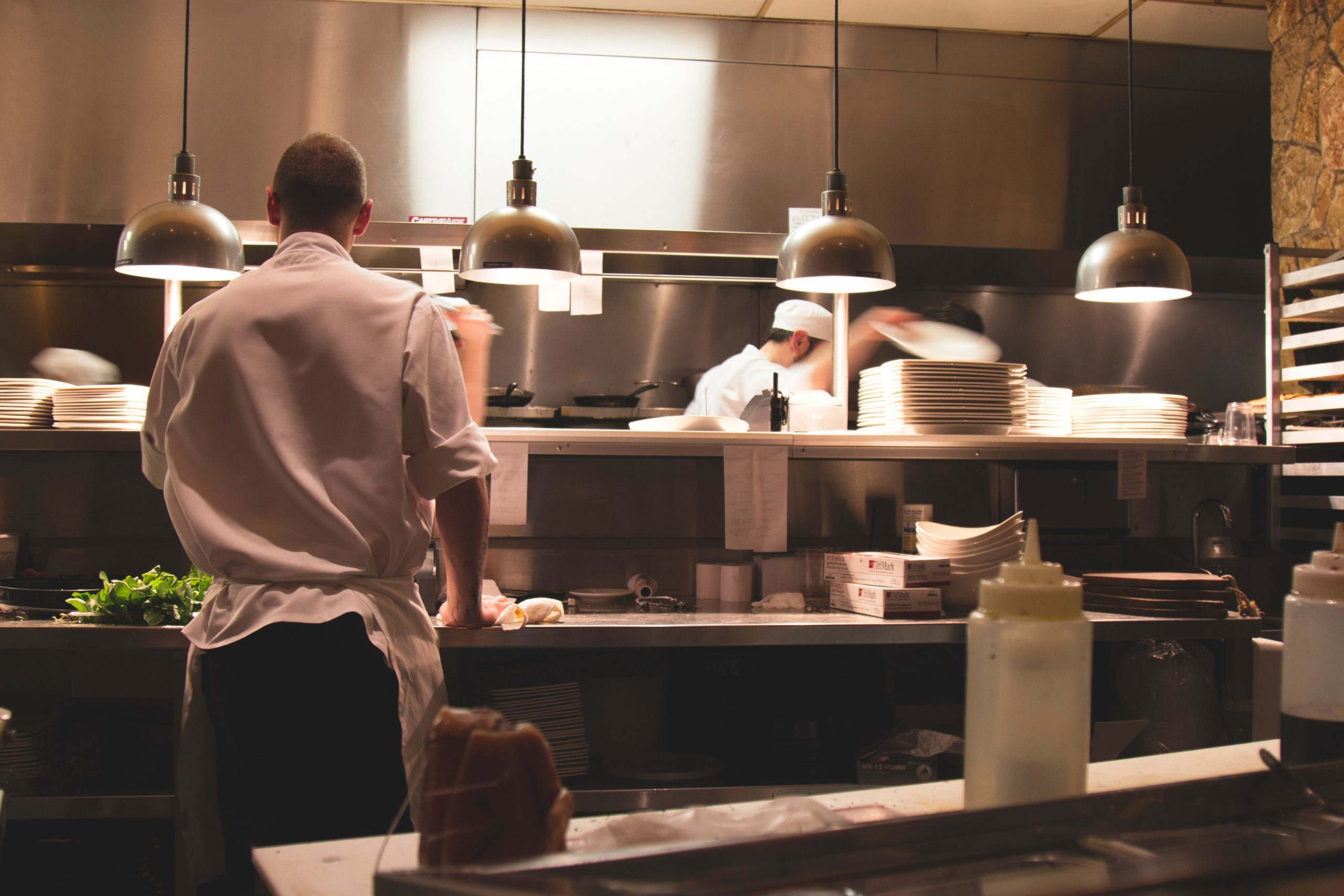The Benefits of Working with Regional Suppliers
There are many factors to weigh when choosing suppliers for your hospitality business. Pricing and quality products are always a high priority, but what about their geographic location? Partnering with regional suppliers can benefit your business in many ways. In many cases, regional suppliers are able to provide higher quality service and value than their out-of-town competitors, making for a more stable supply chain for your business.
Working with regional suppliers can have a direct impact on customer experience. Strategic sourcing of regional food products ensures that your business receives the freshest supplies available. Farm to table initiatives are very popular with diners today, so supporting local growers is a great way to draw more guests into your restaurant. Chefs will benefit from building menus around seasonal local produce because they know they will be able to access items that have just been harvested. Shifting to a more local-centered menu will not only appeal to customers, it will ultimately allow restaurants to serve a higher quality product.
Decreasing the carbon footprint of your supply chain is a good way to help your company’s conservation efforts. Additionally, utilizing a supplier that is located close to your business will help you save on shipping costs. This alone can add up to huge savings over time. Aside from cost savings, local suppliers can help you create a more stable supply chain. Having a supplier that can deliver orders quickly can help safeguard your business from inventory shortages. The same goes for service providers. In the event of an equipment failure, it’s imperative that your service partners can respond to your call as soon as possible.
Working with regional suppliers has a positive impact on your community. Partnering with local businesses can make for deeper supplier relationships. This can make it possible to collaborate with your supplier in ways that go beyond just purchasing. For example, restaurants can partner with local beer, wine, or spirits company to create pairing menus. The two businesses can then cross-promote each other. Many customers, whether they are locals or visiting from out of town, are more likely to support your business if they feel like they’re receiving an authentic local experience.
Find out how Source1 Purchasing can help you with your regional supplier relationship management while saving you over 9% on the cost of your hospitality supplies. Request your free Market Basket today.


















